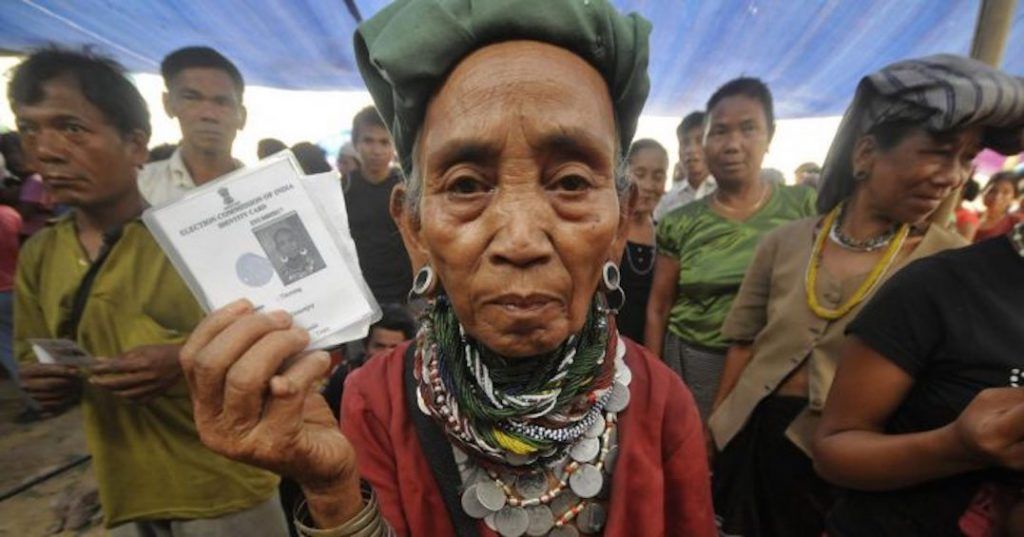There have been growing concerns over refugee crises all over the world. Many countries have drawn up policies to deal with the issue but closer to home, the North Eastern state of Mizoram is dealing with its own crisis which involves the displaced Bru tribals who fled from the state in 1997 due to violent ethnic clashes. In 1995, crisis emerged between the Mizos and the Brus where over 32,000 people of the Bru population were displaced. In 1997, owing …
Bru Tribals And Mizoram ElectionsRead More »
Interested in non-clickbait content? Become a member today.
You'll get access to:
- All content
- Comic Books
- Personalized cartoons
- Member credits in our videos and much more!
Become a member
Already a member? Log In
